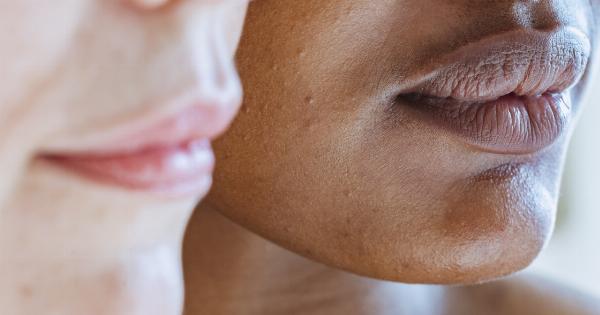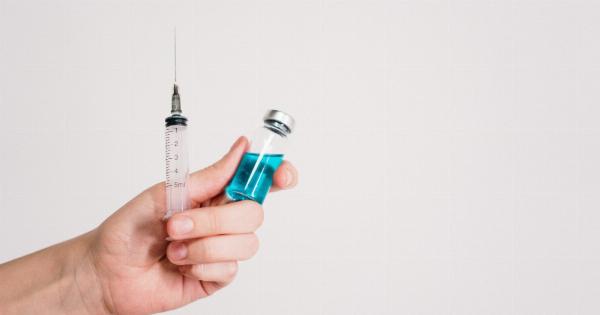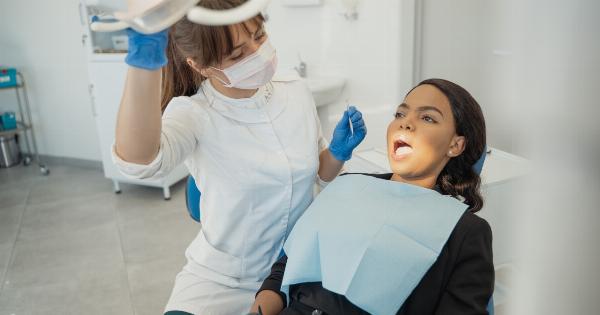Warts are a common skin condition caused by the human papillomavirus (HPV). They are characterized by small, rough growths on the skin that can appear anywhere on the body. Warts are contagious and can spread through direct contact.
In this comprehensive guide, we will explore the diagnosis, treatment, and prevention of warts to help you conquer this bothersome skin condition.
Diagnosis of Warts
To diagnose warts, a healthcare professional will typically examine the affected area and consider the appearance and location of the growths. They may also perform some additional tests, such as a biopsy, to confirm the diagnosis.
Types of Warts
There are several different types of warts, including:.
1. Common Warts
Common warts usually appear on the hands and fingers. They are rough to the touch and have a characteristic cauliflower-like appearance.
2. Plantar Warts
Plantar warts develop on the soles of the feet. They can be painful, especially when walking or standing, as they often grow inward.
3. Flat Warts
Flat warts are smaller and smoother compared to other types of warts. They often appear in large numbers, particularly on the face, legs, and arms.
4. Genital Warts
Genital warts are sexually transmitted and affect the genital and anal areas. They can be small, flesh-colored bumps or clusters of growths.
Treatment Options for Warts
There are various treatment options available for warts, including:.
1. Cryotherapy
Cryotherapy involves freezing the wart using liquid nitrogen, which causes it to blister and eventually fall off. This procedure may need to be repeated several times for complete wart removal.
2. Salicylic Acid
Topical solutions containing salicylic acid can be applied to the wart to gradually remove it. This treatment method often requires several weeks of consistent application.
3. Surgical Removal
In some cases, surgical removal of warts may be necessary. This can be done through excision, electrocautery, or laser surgery, depending on the size and location of the wart.
Preventing Warts
While warts are contagious, there are steps you can take to reduce the risk of developing them:.
1. Practice Good Hygiene
Wash your hands regularly with soap and water, especially after touching warts or potentially contaminated surfaces. Avoid sharing personal items, such as towels or razors, with individuals who have warts.
2. Keep Skin Clean and Dry
Damp environments can increase the risk of warts. Make sure to keep your skin clean and dry, especially in areas prone to sweating, such as the feet.
3. Avoid Walking Barefoot
Avoid walking barefoot in public areas where the virus may be present, such as showers, swimming pools, and locker rooms. Use protective footwear or flip flops to minimize direct contact.
4. Boost Your Immune System
A strong immune system can help fight off the HPV virus and reduce the risk of developing warts. Maintain a healthy lifestyle by eating a balanced diet, exercising regularly, getting enough sleep, and managing stress.
Conclusion
Warts can be a frustrating skin condition, but with the right diagnosis, treatment, and prevention strategies, they can be conquered.
If you suspect you have warts or need advice on the best treatment options for your specific situation, consult with a healthcare professional. By implementing good hygiene practices and maintaining a healthy lifestyle, you can minimize the risk of developing warts and keep your skin wart-free.





























